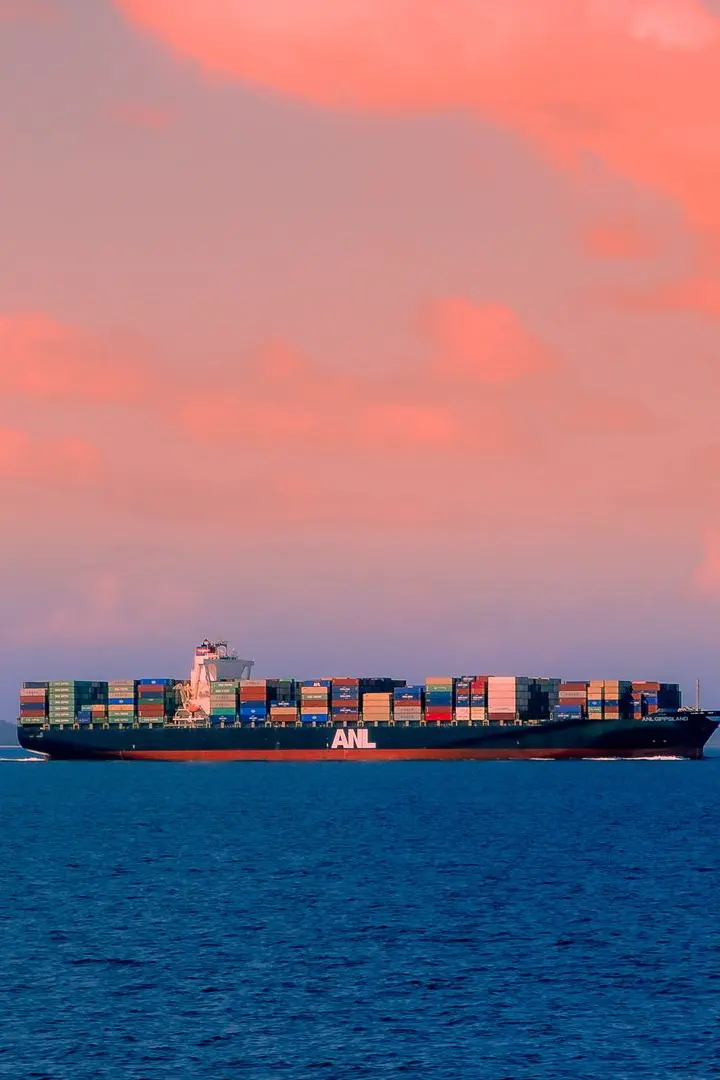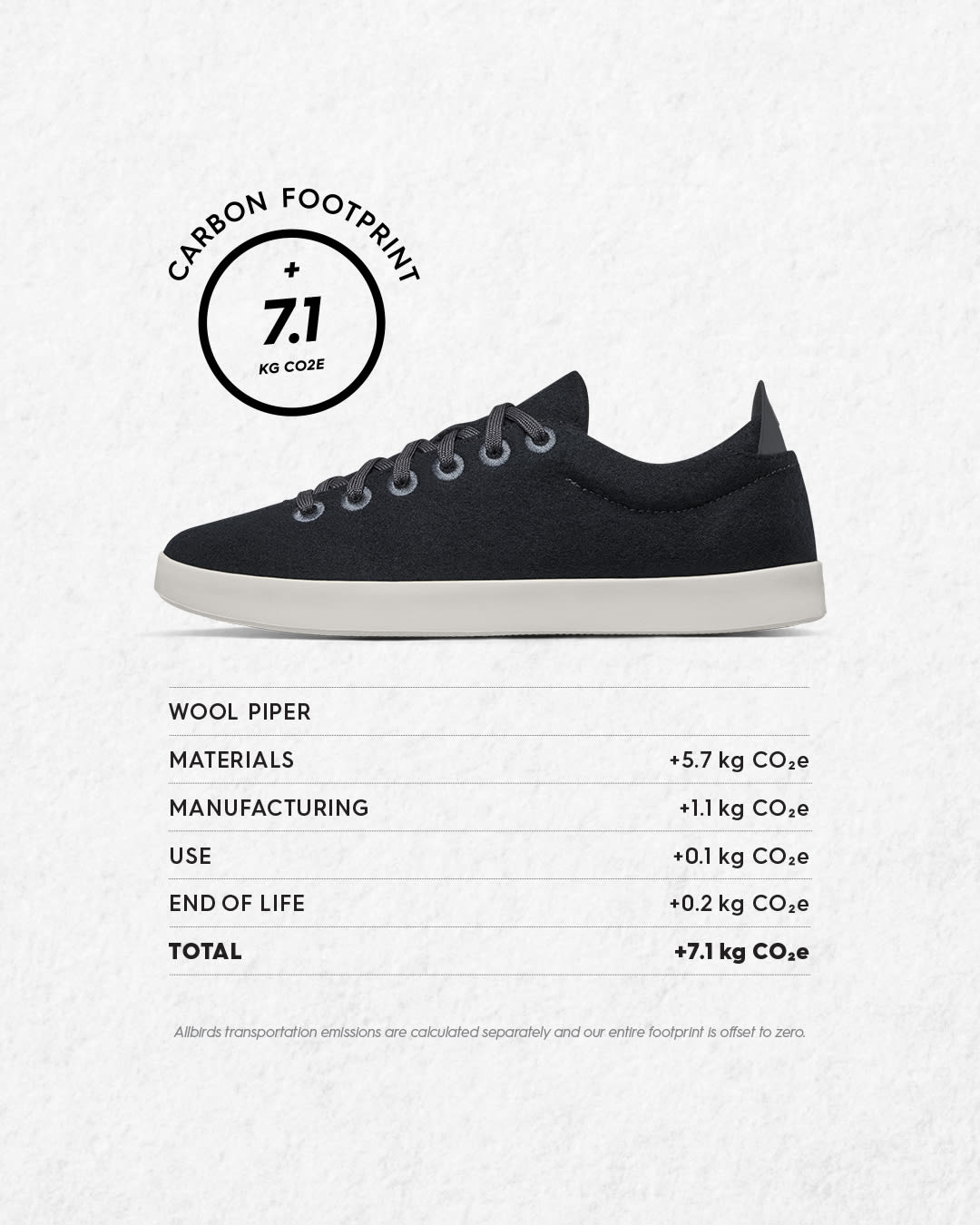We previously wrote about the recent attacks by Houthis on container ships in the Red Sea, after which shipping companies decided to stop sailing through the Red Sea and the Suez Canal for the time being. Container carriers such as MSC, Maersk, CMA CGM and Hapag-Lloyd will now sail the much longer route past the Cape of Good Hope; a journey that lasted almost two weeks. What does this do to the carbon footprint of your products?
Read also

The Red Sea conflict
Recent attacks by the Houthi rebels in Yemen have prompted container carriers to stop sailing via the Red Sea and the Suez Canal.
Read moreLonger routes, big impact
The forced diversions around the Cape of Good Hope significantly increase the travel time of ships. This extra travel time leads to higher fuel consumption per container transported. This increase in fuel consumption has direct consequences for CO2 emissions. After all, a longer sailing route means more fossil fuels burned and therefore higher greenhouse gas emissions.
Increased carbon footprint of products
The additional CO2 emissions resulting from the longer shipping routes increases the ecological footprint of every product transported along these routes. For companies committed to sustainability and reducing their environmental impact, this is a worrying development. It highlights the complexity of balancing logistics efficiency and environmental protection in global trade.
An example
As an example, we take a shoe from a sustainable shoe brand that publishes about their carbon footprint: All-birds.

Source: All Birds
For now we assume the following (hypothetical) data:
container type: | 20GP container, volume 28m³ |
content: | 3.500 pair of shoes |
route: | Qingdao - Rotterdam 20.323 km |
carbon footprint: |
The route along the Cape of Good Hope is 11.112 km longer than the route via the Suez Canal and the Red Sea. That is an increase of more than 54% in distance.
Although there are more factors that influence the emissions of the ship, such as the speed, type of ship, weather influences and current - to name just a few -, in this calculation example we can assume an increase in the carbon footprint of 54 %, or 513 kg of CO2 per container extra. If we were to divide this by the number of shoes in the container (3,500 pairs), this would amount to approximately 0.15 kg of CO2 extra per pair. For the shoes in the example, this would mean an increase in CO2 emissions of 2%.
2% on 3,500 pairs of shoes is not a lot, but it is when you consider that this could apply to all products imported from Asia that now have to sail past the Cape of Good Hope.
Conclusion
The recent shipping diversions highlight the complexity of our globalized supply chains and the impact they have on the environment. As the world grapples with the challenges of climate change, it is becoming increasingly important to examine the environmental impact of our business practices and strive for more sustainable alternatives. As conscious importers and consumers, it is our responsibility to look not only at costs and efficiency, but also at the wider environmental consequences of our choices, such as in this case the consequences of the Red Sea conflict.
Interested in sustainable importing from Asia and reducing the ecological footprint?
Contact Westwood Sourcing for advice and support in finding more environmentally friendly import solutions.









